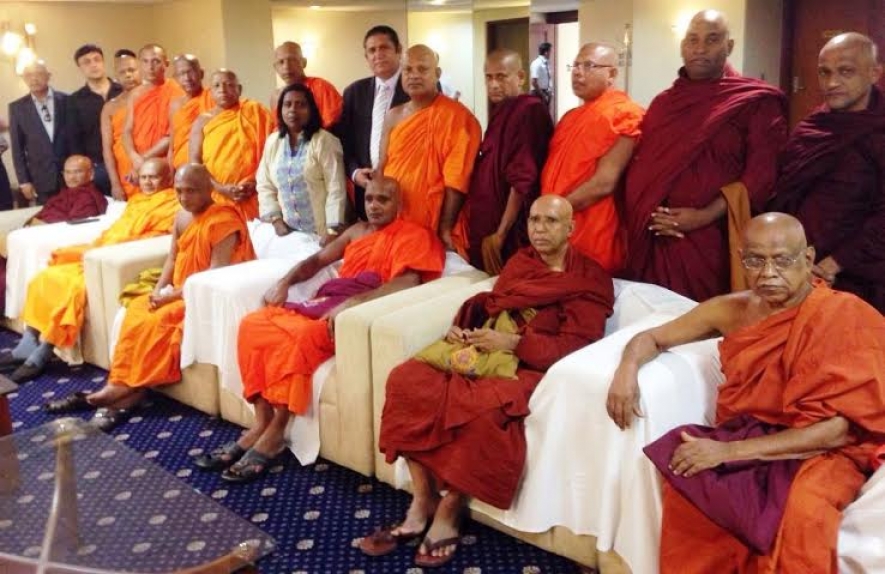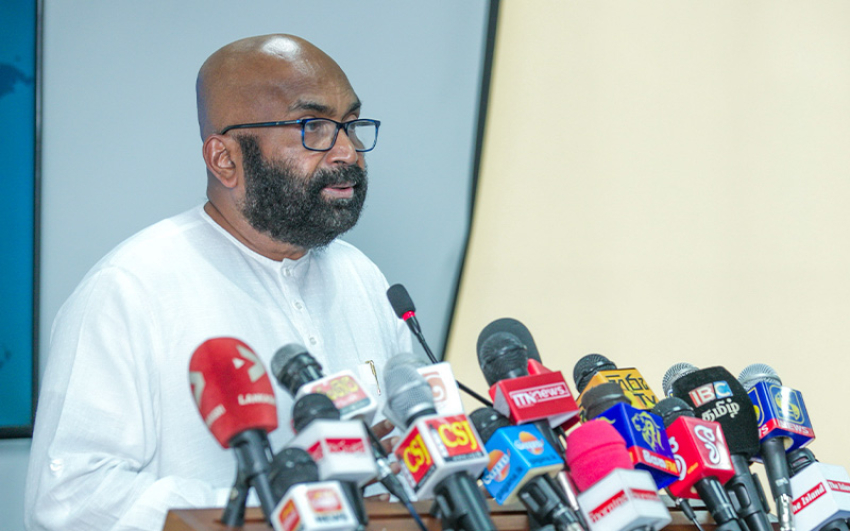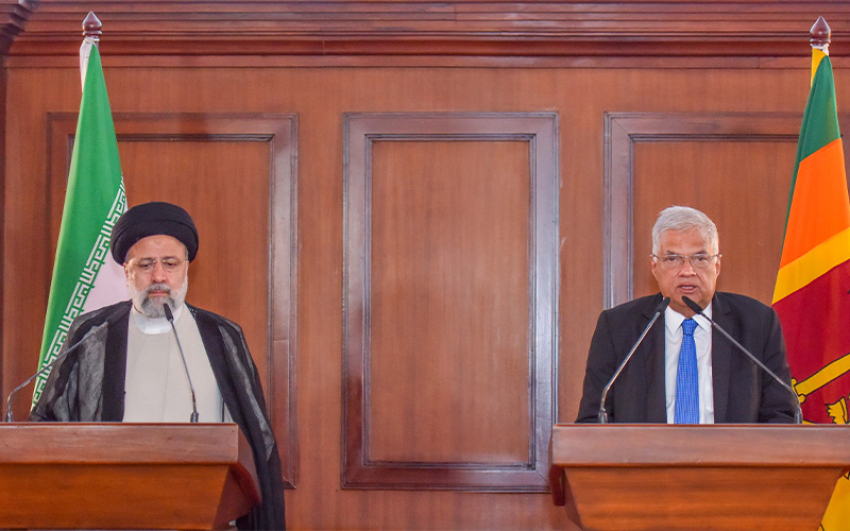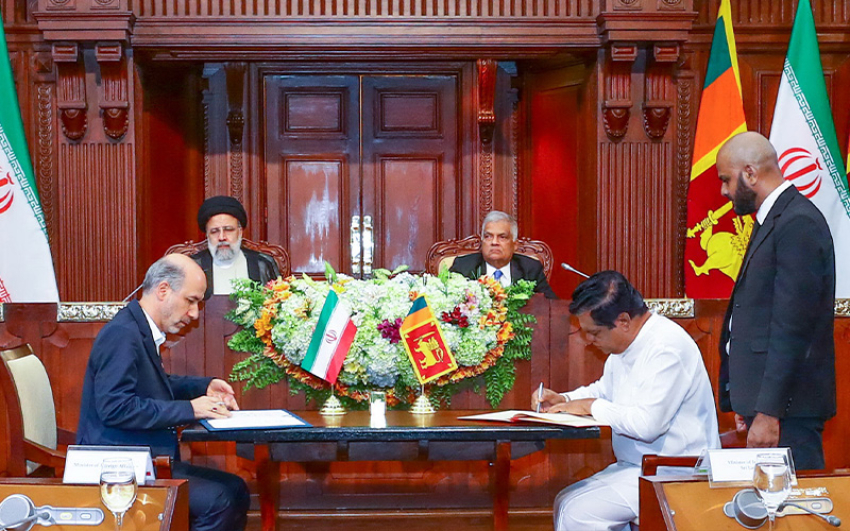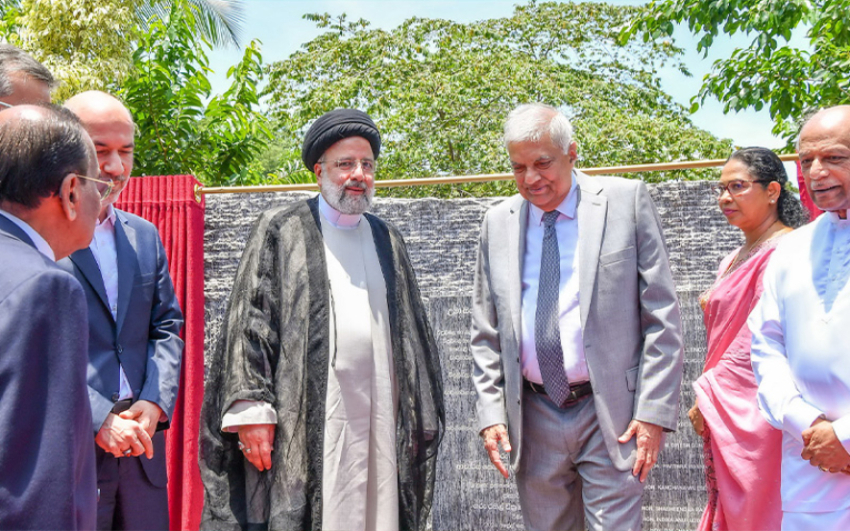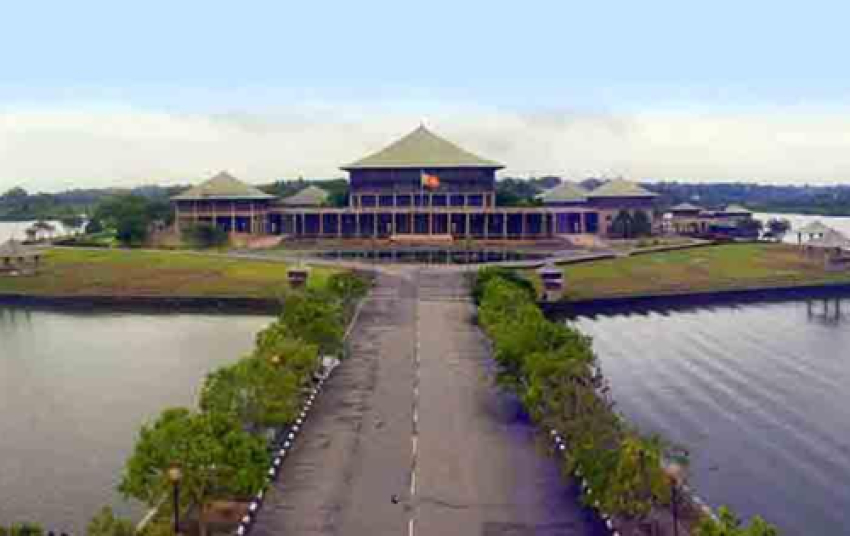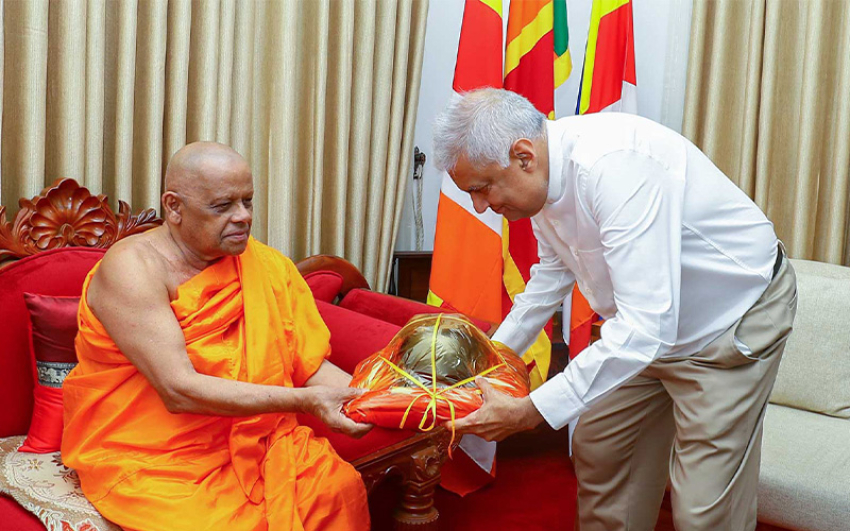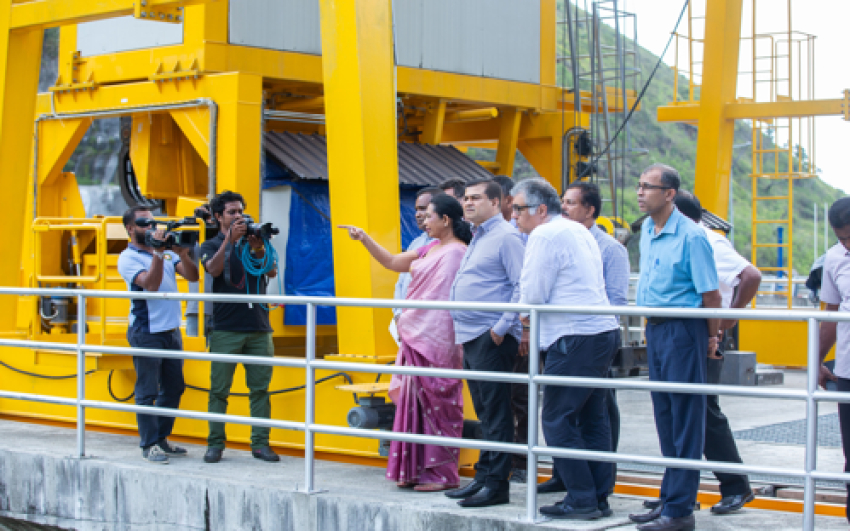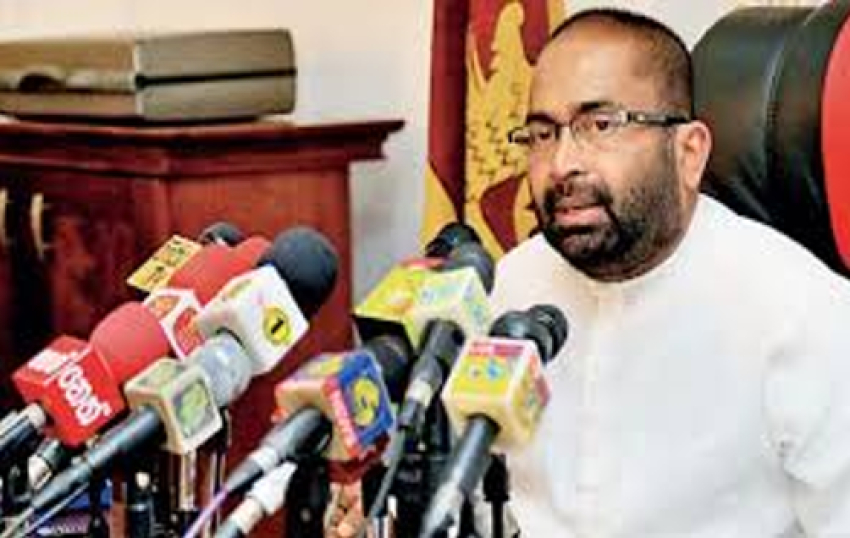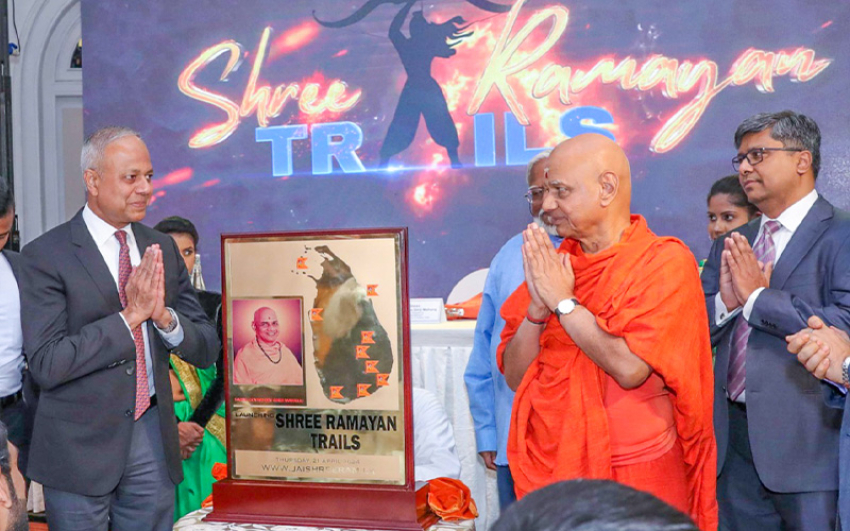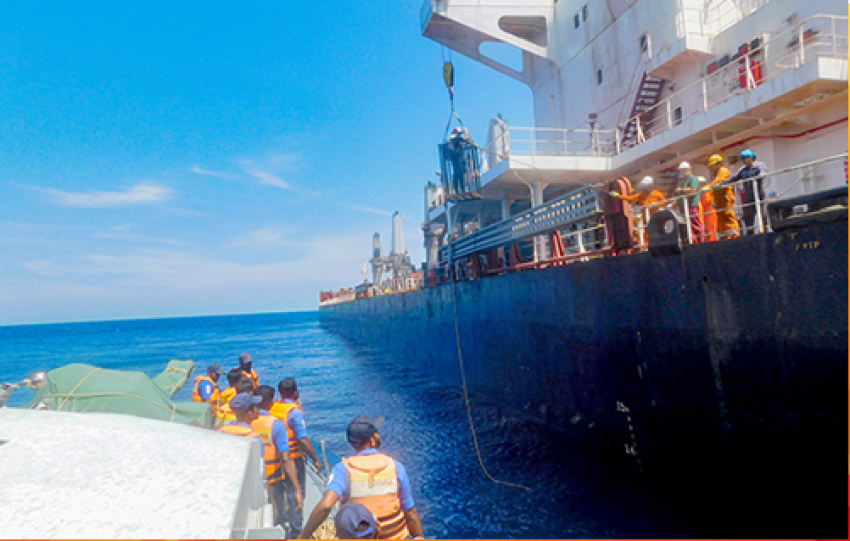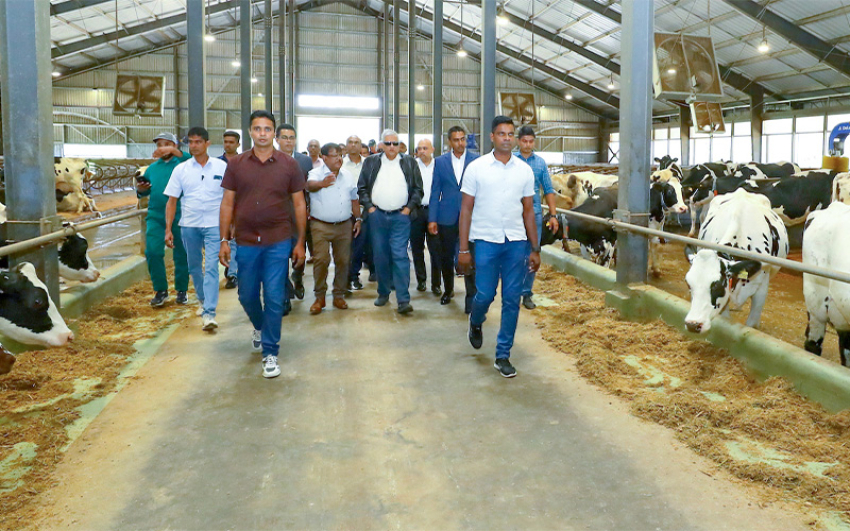The Minister of Primary Industry, Daya Gamage along with Deputy Minister for Petroleum Resources Development, Anoma Gamage are leading the delegation. Press Attaché of Pakistan in Sri Lanka, Muhammad Daud Ehtisham is accompanying the delegation as a special representative of the High Commission of Pakistan.
Deputy High Commissioner of Pakistan Dr. Sarfraz Ahmed Khan Sipra and other officers of the High Commission were there to see-off the delegation at the Bandaranayake International Airport.
Despite being a predominantly Muslim country, Pakistan is celebrating the Wesak Festival and Sri Lanka is the only country, which is being invited for first-ever Wesak Festival. This will be a historical landmark event that will be celebrated every year thence on.
On the side-lines of the Vesak Festival, the delegation will be visiting different sites of Buddhist spiritual & religious significance in Taxila like Dharmarajika Stupa, Julian site, Mohra Muradu Stupa, Jandial Temple, Sirsukh Site besides the visit of Taxila Museum.
Pakistan has been the cradle of Buddhist art and culture since birth of this noble religion. The Gandhara civilization flourished in the north-western region of Pakistan from the 6th Century BC to the 5th Century AD.
The territory of Gandhara civilization and its heritage is a triangular piece of land about 100 kilometres, east to west and 70 kilometres north to south, on the west side of the Indus river, surrounded by mountains in the present day Pakistan.
The Gandhara School of Art is credited as being the first creators of Lord Buddha in human form carved in stone, stucco, terracotta and bronze. These were mostly enshrined in monasteries and stupas throughout the Gandhara region. A major portion of this invaluable heritage has been preserved in the museums and the sacred sites at their original locations.

